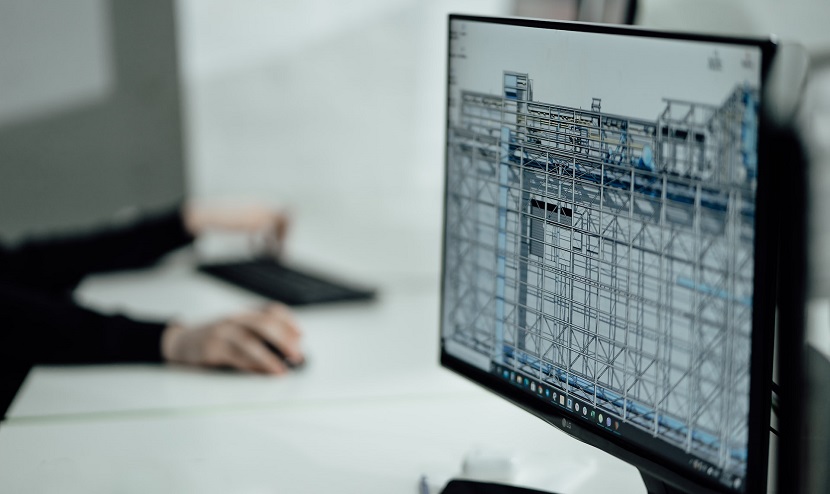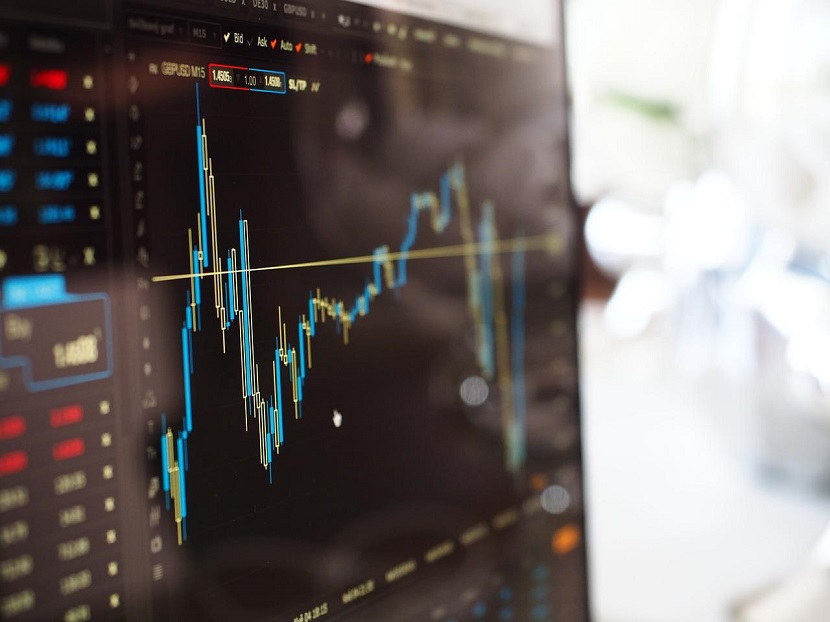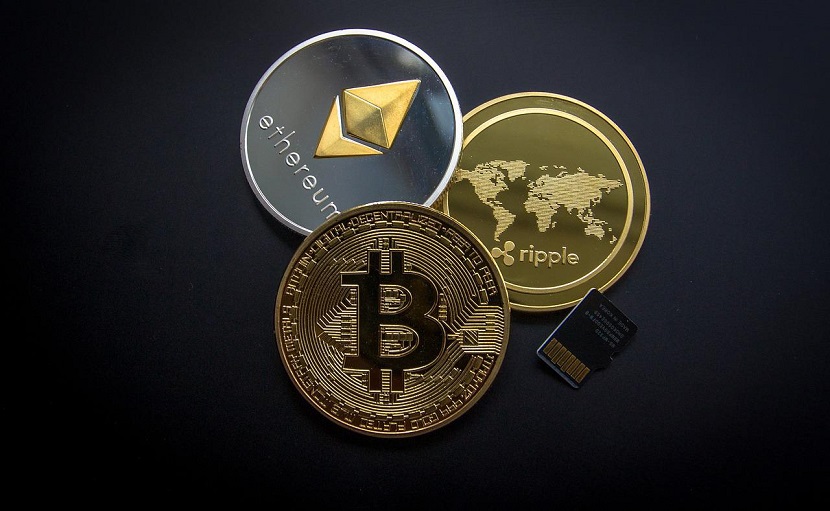The metaverse is one of the world’s fastest-growing economies, with a projected CAGR of 31.2% from 2022 to 2028. Better spatial experiences can be created many ways by establishing a virtual world in the metaverse. Digital interactions there feel authentic thanks to the environment’s engaging and immersive virtuality. Leading IT businesses are now endorsing metaverse as the future of the built environment as a result of this attribute. As a result, developers and investors are considering the metaverse as a potential investment to improve user experience and real estate marketability.
Metaverse real estate – what is it?
Land plots and structures are referred to as real estate in the metaverse. Because the land in the metaverse is virtual, it doesn’t actually exist. Pixels that serve as programmable areas on virtual reality platforms are what land parcels in the metaverse are really all about. Workplaces, parks, and gathering spaces could be built on these sites. Investors can purchase land parcels from a variety of metaverse platforms that offer distinctive virtual worlds. Since each of these platforms offers a range of features, no single platform can be said to fully reflect the metaverse. Some of the most well-liked metaverse platforms for real estate investors include The Sandbox, Decentraland, Metahero, Horizon Worlds, and Celebrity Atlas.

Why and how to buy property in the metaverse?
Others have a place to connect with people who are spread out around the world because to metaverse real estate. To promote businesses, hold events, and offer distinctive visitor experiences, developers can monetise their digital assets. Real estate properties can be leased or rented, much like actual land. Therefore, major AEC actors may benefit from investing in metaverse real estate. A parcel of land averaged $20 during Decentraland’s first LAND auction in 2017 during the Terraform Event. The same land lots sold for an average price of more than $6,000 in 2021. Additionally, the metaverse real estate market saw a boom around the start of 2022, with values reaching $15,000.
Investors who wish to purchase land in the metaverse must use a virtual wallet to conduct any business. One of the most reliable browser-based wallets for conducting digital transactions is MetaMask. Being the currency of the virtual world, cryptocurrency must be added to the digital wallet. Before registering, investors can research the features of different metaverse platforms and contrast them with one another. The investor can then make a digital representation of themselves and go through a training on the platform to become familiar with its virtual setting. Following that, the process of choosing and purchasing a plot can start.
A deed of ownership, which is a special code on a blockchain, is required to buy a metaverse asset. This code verifies who has the legal authority to control a virtual plot of land. The acquired plot can be used to create a brand-new structure or a virtual replica of a physical location.

Advantages of buying metaverse real estate
The main advantage of metaverse real estate is that it makes up for the physical world’s lack of room. If an office lacks real meeting spaces, for instance, companies can build conference rooms and event halls in the metaverse. Additionally, the metaverse offers a seamless collaboration environment that enables communication amongst people who reside in various parts of the globe.
Another important benefit of the metaverse in the real estate sector is project marketing and property display. For prospective purchasers to see their “ideal home” in virtual reality, developers are generating immersive metaverse experiences. Customers who have VR headsets and suitable smartphones can travel virtually anywhere in the world. With the help of the metaverse, numerous nations, including Germany, Croatia, Hungary, Norway, Mauritius, Iceland, Spain, and Costa Rica, have made investments in virtual travel. By using VR headsets, visitors can explore the most well-known public structures, enjoy their charm, and partake in local activities.

The dangers of buying metaverse real estate
The metaverse is a potential investment, but due to its relative youth, it also carries a significant risk. Although experts believe the metaverse has great potential for expansion, it is still too early to tell how the sector will develop. For instance, the real estate on a metaverse site would vanish if it decided to go offline forever. Real estate developers’ investment’s worth in this situation would be debatable. Based on market conditions, the environment, and other observable factors, the value of physical land might increase or decrease. But because the virtual environment can be managed, none of these characteristics have any bearing on metaverse real estate. The volatility of cryptocurrencies is the sole and most significant factor that affects the price of real estate in the metaverse.

Real estate development and management in the metaverse
Architects can be given property development duties by developers in the metaverse. Urban planners and urban designers may be active in community development. The land parcels can be planned by architects to optimise space use in the virtual environment. In addition, the metaverse’s land requires management in a manner akin to that of physical property. Real estate might potentially increase in value in the virtual world through efficient management of virtual properties, rental selection, client service, and general land upkeep.

To sum up
The dangers and rewards of investing in metaverse real estate are both quite high. The virtual world’s uncertainties have the potential to exponentially increase into large gains or degenerate into a total loss of assets. Therefore, the developer must make sure they fully grasp the operation of the metaverse before making an investment.
Before investing, investors must decide how much risk they are willing to take, consider all of their investment possibilities, and consult with specialists. With all of these things taken into account, it is clear that the metaverse will shape how people live in the future. All major stakeholders in the AEC sector should therefore get ready for the arrival of this immersive, powerful, and engaging next-generation technology.



